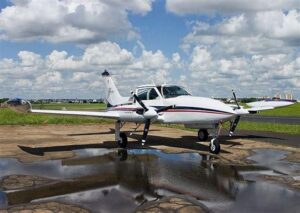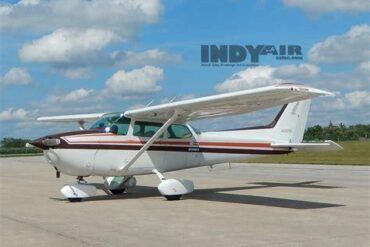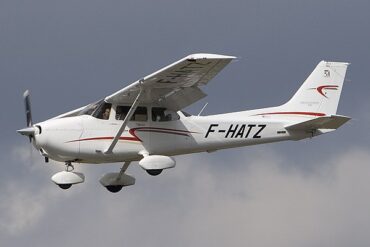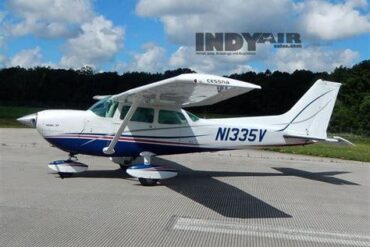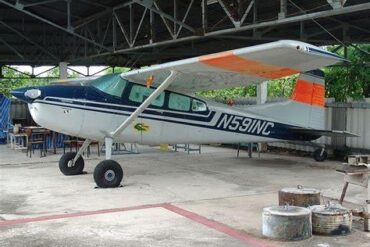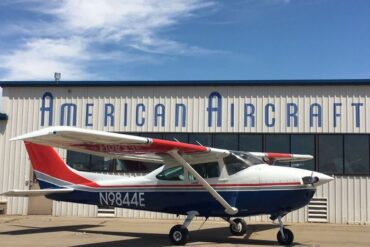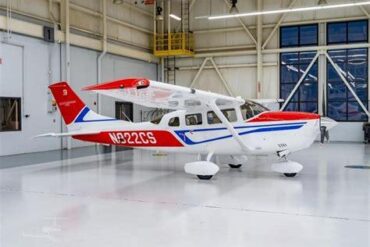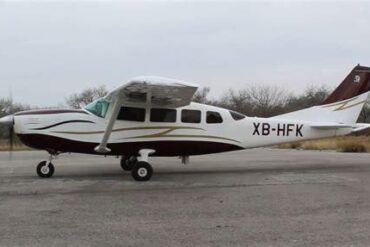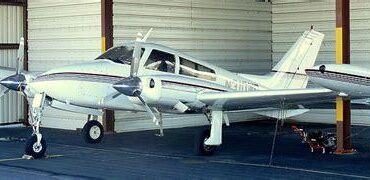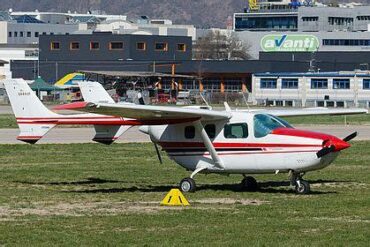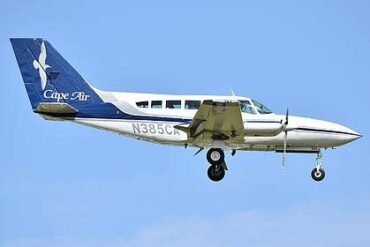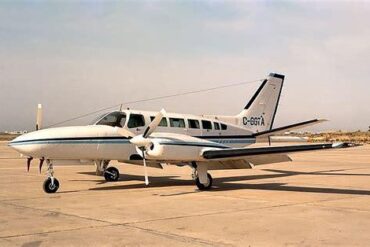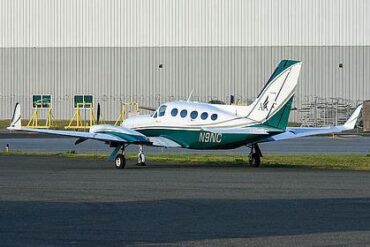The Cessna 310R II is a highly regarded light twin aircraft known for its impressive performance, reliability, and versatility. It has carved out a niche in the aviation market for those seeking a capable aircraft for both personal and business use. Understanding the price and operating costs associated with the Cessna 310R II is crucial for potential buyers and operators. This article will provide a comprehensive analysis of these factors, ensuring that readers have the information needed to make informed decisions.
Overview of the Cessna 310R II
The Cessna 310 series, first introduced in the late 1950s, has undergone numerous enhancements over the years. The 310R II, a later model, is characterized by its sleek design, powerful engines, and comfortable cabin. With seating for up to six passengers, this aircraft is ideal for both business travel and family vacations. The aircraft is equipped with Continental IO-520-U engines, each producing 285 horsepower, allowing for a maximum cruise speed of approximately 200 knots.
Current Market Prices
When considering the purchase price of a Cessna 310R II, several factors come into play, including age, condition, equipment upgrades, and total flight hours. As of 2024, the market prices for a Cessna 310R II typically range from $80,000 to $150,000. Here’s a breakdown of what influences these prices:
1. Aircraft Age
Older models may be available at lower prices, but they often require more maintenance and potential upgrades, which can increase overall costs. Newer models, while more expensive, generally offer enhanced performance and reliability.
2. Condition and Maintenance History
A well-maintained aircraft with a comprehensive log of service history will command a higher price. Buyers should always conduct thorough inspections and review maintenance records to assess the aircraft’s condition accurately.
3. Equipment and Upgrades
The presence of advanced avionics, updated interiors, and other enhancements can significantly affect pricing. Aircraft with modern navigation systems and entertainment options tend to have higher market values.
4. Total Flight Hours
Lower flight hours can indicate less wear and tear, making the aircraft more appealing to buyers. Aircraft that have been used primarily for personal or leisure flying usually have lower hours compared to those used for commercial purposes.
Operating Costs of the Cessna 310R II
Understanding the operating costs of the Cessna 310R II is critical for prospective owners and operators. These costs can be broadly categorized into fixed costs, variable costs, and unexpected expenses.
1. Fixed Costs
Fixed costs are expenses that do not vary with flight activity. For the Cessna 310R II, fixed costs can include:
-
Insurance: The annual insurance premium for a Cessna 310R II typically ranges from $2,000 to $4,000, depending on factors like pilot experience and flight hours.
-
Hangar Fees: Monthly hangar fees can vary widely based on location, but expect to pay between $300 and $1,500 per month. This cost is influenced by the airport’s facilities and demand.
-
Annual Inspection: Annual inspections can cost around $1,500 to $3,000. Regular maintenance is crucial for safety and compliance, so budgeting for these inspections is essential.
2. Variable Costs
Variable costs are directly related to flight activity and can fluctuate based on how often the aircraft is flown. Key variable costs for the Cessna 310R II include:
-
Fuel Costs: The Cessna 310R II has a fuel burn rate of approximately 15-20 gallons per hour. Given that average fuel prices fluctuate, operators should budget around $5 to $7 per gallon. Thus, an average flight might cost between $75 and $140 in fuel.
-
Maintenance and Repairs: Regular maintenance costs can vary widely, but budgeting around $50 to $100 per flight hour is a good rule of thumb. This includes routine checks, wear-and-tear repairs, and parts replacement.
-
Engine Overhaul Costs: Overhauls for the Continental IO-520 engines are significant expenses, typically ranging from $20,000 to $30,000. Understanding when these overhauls are needed can help in long-term financial planning.
3. Unexpected Costs
Unexpected costs can arise from unforeseen issues or emergencies. These might include:
-
Major Repairs: Any significant mechanical failure can lead to high repair costs, potentially ranging from $5,000 to $20,000 or more, depending on the problem.
-
Unscheduled Maintenance: This can occur due to accidents, unexpected wear, or other issues that arise during operations. Setting aside a contingency fund of about 10-15% of the operating budget is advisable.
Total Cost of Ownership
To provide a clearer picture of the total cost of ownership, we can estimate the yearly expenses based on typical usage of 200 flight hours per year:
| Expense Type | Estimated Annual Cost |
|---|---|
| Insurance | $3,000 |
| Hangar Fees | $12,000 |
| Annual Inspection | $2,500 |
| Fuel (200 hours @ $6) | $1,200 |
| Maintenance | $15,000 |
| Engine Overhaul Fund | $2,500 |
| Total | $36,200 |
The estimated total annual operating cost for the Cessna 310R II, based on these assumptions, would be approximately $36,200. It’s important to note that these figures can vary based on actual flight hours, maintenance needs, and fuel prices.
Conclusion
In summary, the Cessna 310R II is an excellent choice for those seeking a reliable, efficient light twin aircraft. While the initial purchase price can vary widely, understanding the operating costs—including fixed, variable, and unexpected expenses—allows potential owners to budget effectively. With careful planning and regular maintenance, the Cessna 310R II can provide many years of enjoyable flying experiences, making it a worthwhile investment in aviation.
